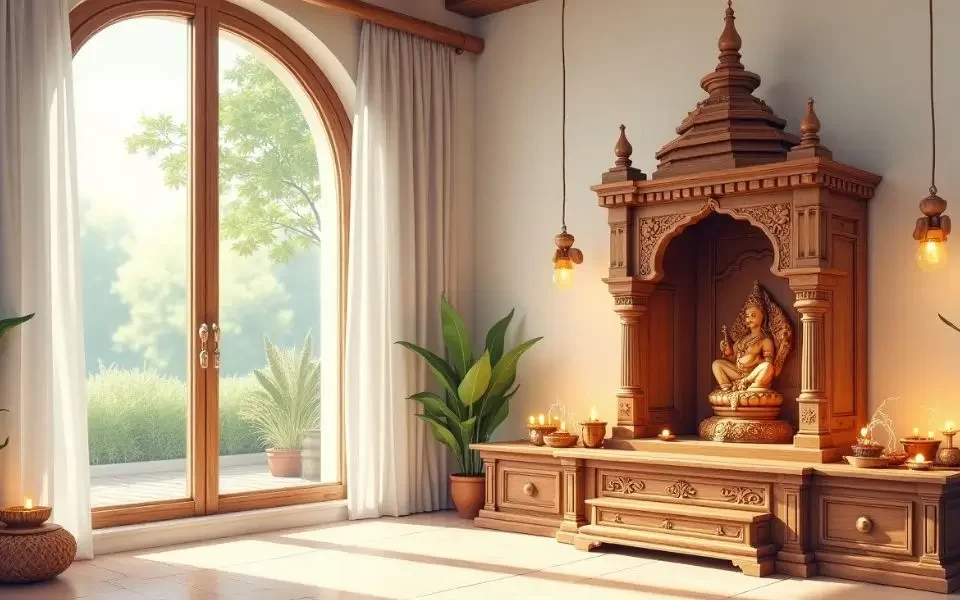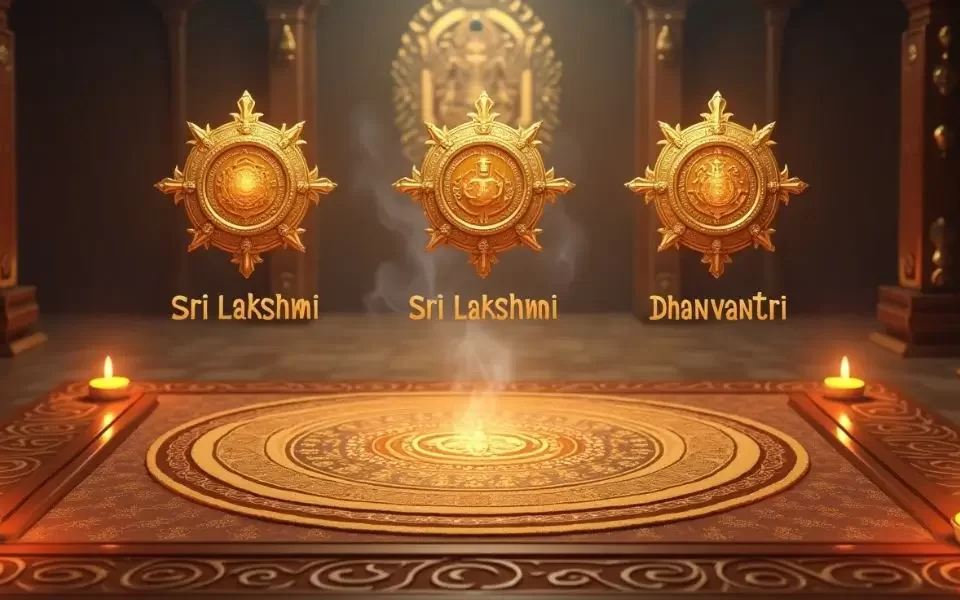


Vastu Shastra is an ancient Indian science of architecture and spatial arrangement that harmonizes the energy flow within a structure. Rooted in Vedic traditions, this discipline guides the construction and design of homes, offices, and temples to align with the forces of nature, ensuring prosperity, health, and peace for the occupants. This guide provides an in-depth understanding of Vastu Shastra principles, benefits, and applications for beginners.
The Origins and Importance of Vastu Shastra
Derived from the Sanskrit words “Vastu” (dwelling) and “Shastra” (science or doctrine), Vastu Shastra has been practiced in India for centuries. It is closely related to Ayurveda, Yoga, and Jyotish (Vedic Astrology), emphasizing the balance between the five elements—Earth, Water, Fire, Air, and Space.
The principles of Vastu Shastra are designed to harness positive energies, enhance mental clarity, and create an environment conducive to success. Modern architects and interior designers often integrate these principles to improve the well-being of residents.
Fundamental Principles of Vastu Shastra
Vastu Shastra operates on several key principles, ensuring that every aspect of a building promotes harmony and prosperity.
1. The Five Elements (Panchabhootas)
The universe and human bodies are composed of five elements, which must be balanced within a structure:
- Earth (Bhumi) – Governs stability and prosperity.
- Water (Jal) – Represents emotions and purification.
- Fire (Agni) – Symbolizes energy and transformation.
- Air (Vayu) – Relates to movement and freshness.
- Space (Akasha) – Represents openness and expansion.
2. The Eight Directions (Ashta Dikpalas)
Each direction in Vastu Shastra holds significance and influences specific aspects of life:
- North – Wealth and prosperity
- South – Strength and stability
- East – Growth and enlightenment
- West – Gains and success
- Northeast – Wisdom and spirituality
- Northwest – Relationships and networking
- Southeast – Energy and passion
- Southwest – Stability and leadership
3. The Vastu Purusha Mandala
This sacred geometric grid represents the cosmic energy within a space. The Vastu Purusha is the deity governing a structure, and the layout should respect this divine alignment to optimize positivity.
Key Vastu Tips for Your Home
1. Main Entrance
- The main door should face north, east, or northeast to invite positive energy.
- Keep the entrance clutter-free and well-lit.
- Avoid placing a mirror in front of the entrance, as it deflects prosperity.
2. Living Room
- Place furniture in the southwest direction.
- Avoid overhead beams as they create mental stress.
- Use soft colors like white, beige, or pastel shades for a calming effect.
3. Bedroom
- The bed should be in the southwest corner, with the head facing east or south.
- Avoid mirrors facing the bed, as they disturb sleep and increase anxiety.
- Keep electronic devices away from the sleeping area to maintain positive energy.
4. Kitchen
- The southeast direction is ideal for the kitchen, governed by the fire element.
- The stove should face east, ensuring positive energy flow.
- Avoid placing the kitchen near bathrooms or bedrooms to maintain hygiene and health.
5. Bathroom & Toilet
- Bathrooms should be located in the northwest or southeast.
- Always keep the door closed to prevent negative energy from spreading.
- Use light colors and proper ventilation to maintain freshness.
6. Pooja Room
- The northeast corner is ideal for meditation and worship.
- Keep idols at a proper height, not touching the floor or walls.
- Use soft lighting and avoid placing the temple under a staircase or in a bedroom.
Benefits of Following Vastu Shastra
Applying Vastu Shastra principles enhances various aspects of life, including:
- Wealth and Prosperity – Attracts financial stability and growth.
- Health and Well-being – Promotes physical and mental peace.
- Harmony in Relationships – Strengthens family bonds and relationships.
- Career Success – Boosts opportunities and productivity.
- Spiritual Growth – Creates a positive and peaceful environment for meditation.
Common Vastu Dos and Don’ts
✅ Do’s:
- Maintain cleanliness and proper ventilation.
- Place plants like Tulsi, Money Plant, and Bamboo for positive energy.
- Use rock salt to absorb negative energy in the house.
❌ Don’ts:
- Avoid placing mirrors opposite the bed or main entrance.
- Do not keep broken furniture, clocks, or mirrors.
- Avoid having the kitchen and toilet adjacent to each other.
Modern Application of Vastu Shastra
Many corporate offices, hospitals, and real estate projects incorporate Vastu principles to enhance success and well-being. Architects and interior designers blend traditional Vastu with modern aesthetics to create a harmonious space.
Frequently Asked Questions (FAQs)
1. Is Vastu Shastra scientifically proven?
Vastu Shastra is based on ancient Indian architecture and energy principles. While it may not have direct scientific validation, many believe it positively impacts mental peace and overall harmony.
2. Can Vastu remedies be applied to an existing home?
Yes! Simple changes like repositioning furniture, adding plants, and using specific colors can enhance Vastu compliance.
3. What is the best direction for a house entrance?
The ideal directions are north, east, or northeast, as they invite prosperity and positive energy.
4. Can Vastu Shastra improve financial stability?
Yes, proper placement of wealth-related items, such as safes and cash drawers in the southwest direction, can attract financial stability.
5. Does Vastu affect mental health?
A well-balanced home following Vastu principles can reduce stress, anxiety, and negative energy, promoting peace and happiness.
We Offer These Services In Dubai
| Astrologer in Dubai | Vastu Consultant in Dubai | Pandit in Dubai |



